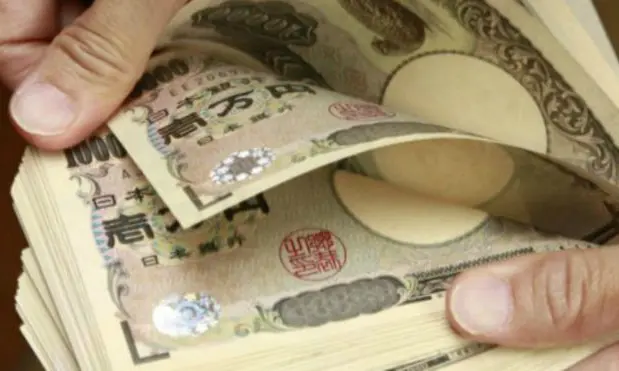(THE YOMIURI SHIMBUN)This is the second and final installment of a two-part series.
The impact of the Bank of Japan’s recent decision to introduce a negative interest rate policy will likely extend to people with housing loans, with already-low interest rates nudged down even further.
Switching to a low-interest loan will result in lower monthly repayments. By combining this with early repayment, it may be possible to devise a strategy to lessen the burden of a loan.
On Feb. 3, Shinsei Bank lowered the annual interest rate of some of its home mortgages by 0.05 percentage points to 0.1 percentage points. The bank cut the initial fixed interest rate that applies for 10 years from 1.25 percent to 1.15 percent, and trimmed the rate for 20 years from 1.5 percent to 1.4 percent.
As a result, the bank’s call center received up to four times the average monthly number of calls in January. Most were inquiries from people considering switching their loans from other financial institutions.
Lower interest rates are welcome news for people preparing to buy a house. However, purchasing a home just because rates have gone down is not wise; other factors must be taken into consideration, including property prices and whether a feasible repayment plan can be put together.
In addition, people already paying back a loan might find it easier to reap the benefits of switching to a lower interest rate.
According to financial planner Sakura Takeshita, the initial fixed interest rate for 10 years on home loans charged by most banks five to 10 years ago was from 2 percent to 3 percent. More recently, this figure is likely to be between 1 percent and 2 percent. The possibility of it dipping below 1 percent has increased with the central bank’s adoption of a negative interest rate strategy.
“If interest rates become lower by 0.5 percentage points or more compared with when a loan was taken out, switching to the lower rate could reduce the amount to be repaid,” Takeshita said.
If there are still 10 years or more left in the repayment period, and the loan balance is more than ¥10 million, the likelihood of benefiting from a change to the lower rate increases further.
Consider a loan of ¥30 million that is to be repaid over 30 years (see accompanying chart). Switching the loan from the 2 percent fixed rate of five years ago to a rate of 1 percent will save the borrower from paying back ¥3.68 million.
Normally, breaking or changing the interest rate on a loan will incur expenses, such as a land registration fee paid to a judicial scrivener, insurance and revenue stamp fees. These will usually amount to several hundreds of thousands of yen. Even if these expenses come to ¥500,000, as in the chart, the borrower can still save about ¥3.18 million.
A loan taken out under the same terms 10 years ago that is switched to a lower rate could result in savings of about ¥1.92 million in repayments, even after factoring in expenses.
Takeshita recommends people with mortgages take time to consider whether switching is to their advantage.
“Many people are so busy with work that they don’t notice they could lighten the burden of their loan,” Takeshita said. “Some financial institutions will calculate for customers what the monthly repayments would be, including the expenses for breaking the initial loan. They could gain a lot from popping down to the bank during a lunch break or whenever they can to discuss their options.”
Prepayment effective
Financial planner Masao Hishida has another tip for borrowers: “Don’t just focus on lower rates, also consider repaying back the loan more quickly.”
All money repaid earlier than scheduled goes toward repaying the principal, which in turn will eliminate interest that would have accrued on this amount. If a borrower has some extra money, putting it toward earlier repayment is better for the household finances than using it for deposits that earn practically no interest or for investments that come with a risk.
According to Hishida, if a loan taken out under the same conditions as in the chart had about ¥1 million paid back ahead of schedule after five years, the borrower could save about ¥640,000 in interest payments. If monthly repayments are continued at the original rate, the repayment period could be shortened by 15 months.
However, one should think twice before diverting all this extra money toward repaying the principal ahead of schedule.
“You should always ensure you have four months’ worth of take-home wages available to prepare for sudden illness, injury or leaving your job,” Hishida said. If you suddenly quit your job and lose your income, it will be four months before unemployment benefits can be received.
It is important to keep living within one’s means even in this age of negative interest rates.
 简体中文
简体中文



